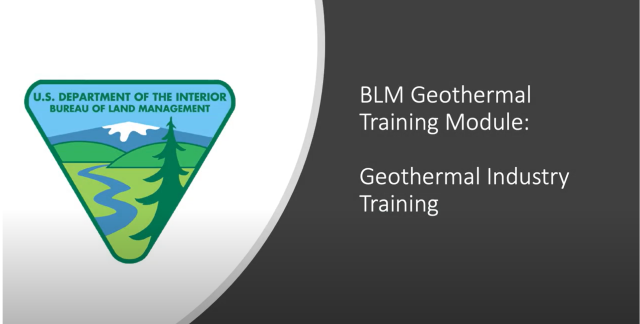
Geothermal Energy
Latest Update: On April 15, 2024 the BLM adopted two existing categorical exclusions from the U.S. Forest Service and the Department of the Navy that will enable the agency to expedite review and approval of geothermal exploration proposals. Learn more at https://www.blm.gov/press-release/blm-adopts-categorial-exclusions-expedite-geothermal-energy-permitting.
Geothermal was the first type of renewable energy that the BLM approved for production on public lands, with the first project approved in 1978. Today there are 51 operating power plants producing geothermal energy from BLM-managed lands, with a combined total of more than 2.6 gigawatts of installed capacity.
Replenished by heat sources deep in the Earth, geothermal energy is a renewable resource that generates electricity with minimal carbon emissions. It is abundant especially in the West, where the BLM has authority to manage geothermal leasing on approximately 245 million acres of public lands (including 104 million acres of U.S. Forest Service lands). Geothermal energy is used to heat buildings and operate greenhouses and aquaculture operations.
The first step in developing geothermal resources on Federal lands is to issue a lease for geothermal resources in a defined area. Leasing Federal geothermal resources confers on the lessee a right to future exploration and development of geothermal resources within the lease area. However, it does not confer the right to conduct any ground-disturbing activities to explore for or develop geothermal resources. A Programmatic Environmental Impact Statement relating to the authorization of geothermal leasing was completed in 2008.
The four stages of geothermal resource development within a lease are exploration, resource drilling, production, and reclamation. Each stage under the lease requires separate authorizations, as well as compliance with the National Environmental Policy Act, when ground-disturbing activities are proposed.

